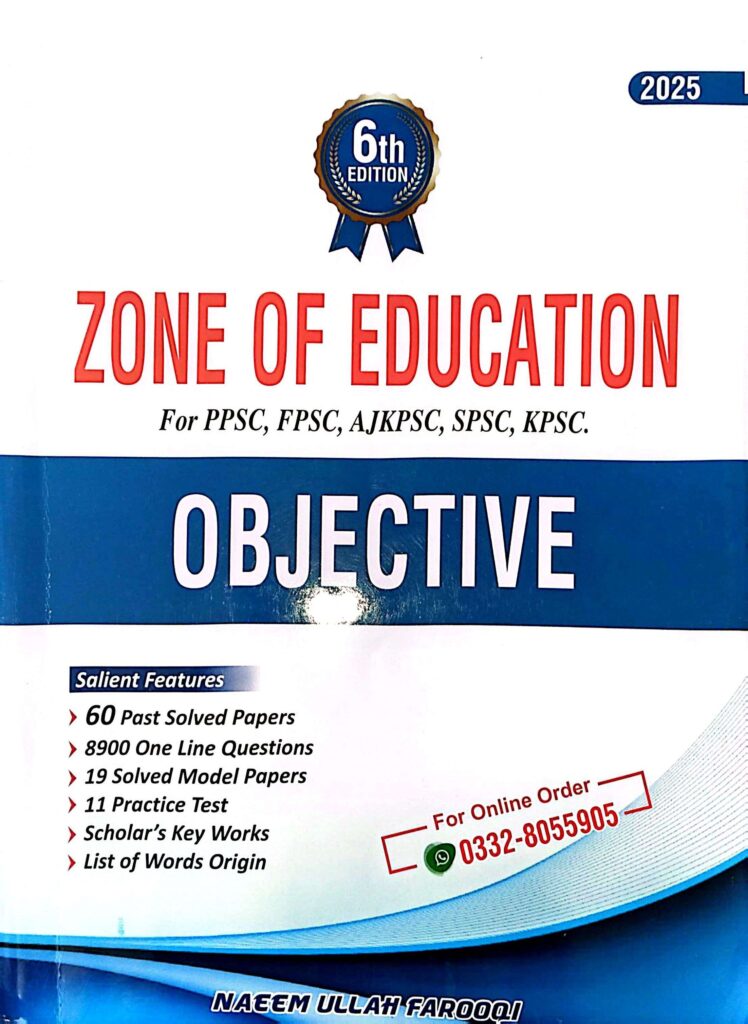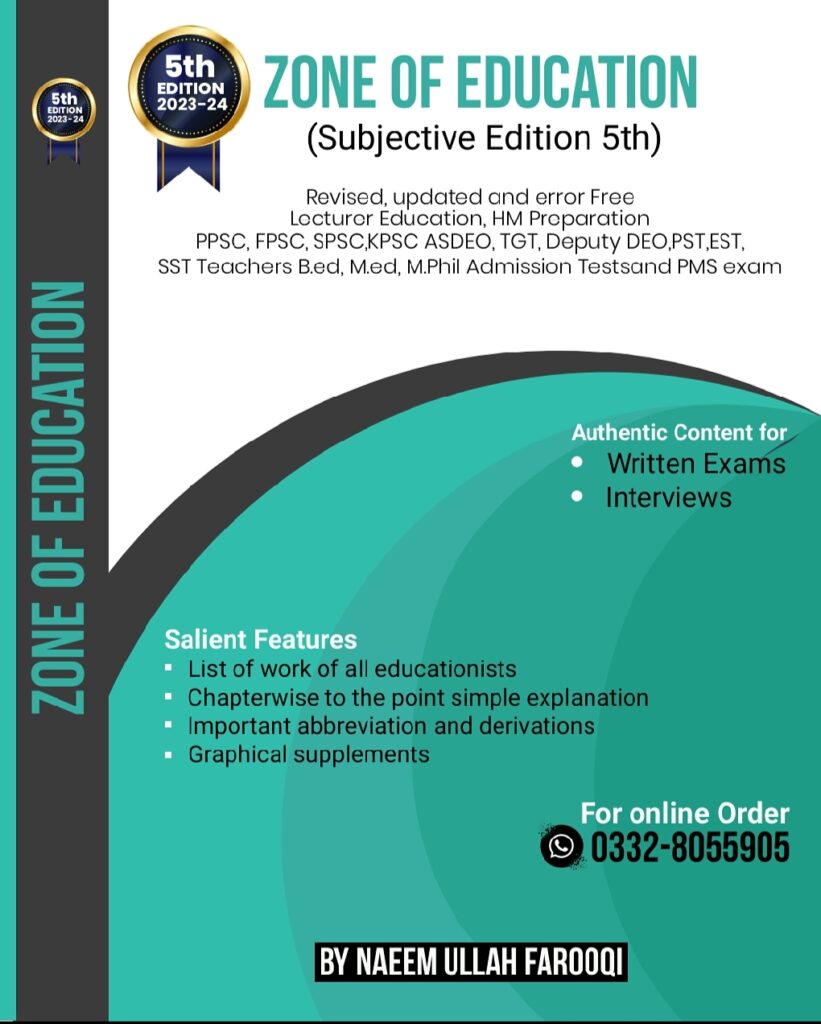Classroom Management
1. Classroom management refers to:
a) Teaching a specific subject
b) Creating a positive learning environment
c) Designing classroom furniture
d) Administering exams
2. Which component of classroom management focuses on selecting instructional content?
a) Content Management
b) Conduct Management
c) Covenant Management
d) Classroom Discipline
3. Conduct Management involves:
a) Designing classroom furniture
b) Creating a positive classroom climate
c) Selecting instructional materials
d) Organizing instructional time
4. Overt Management Approaches involve:
a) Using non-verbal cues
b) Encouraging students to take responsibility
c) Establishing rules and consequences
d) Allowing complete freedom
5. Which of the four dimension (A.C.T.S) of classroom management is related to the use of classroom seating arrangements?
a) Activity
b) Climate
c) Time
d) Space
6. Temperament refers to:
a) Classroom management style
b) Emotional reactions and tendencies
c) Classroom problems
d) Conflict resolution techniques
7. The Assertive Discipline model focuses on:
a) Ignoring misbehavior
b) Encouraging independence
c) Using natural consequences
d) Setting clear expectations and consequences
8. What does the “With-It-Ness” concept in classroom management refer to?
a) Teacher’s ability to manage time effectively
b) Teacher’s ability to be aware of classroom dynamics
c) Teacher’s ability to maintain order through intimidation
d) Teacher’s ability to provide rewards and punishments
9. Which technique involves ignoring a behavior to decrease its occurrence? a) Shaping
b) Extinction
c) Modeling
d) Overcorrection
10. Aversion therapy is used to address:
a) Classroom disruptions
b) Student engagement
c) Alcohol abuse
d) Lesson planning
11. Which approach focuses on enhancing teacher-student communication?
a) Authoritarian
b) Positive Behavior Interventions and Supports (PBIS)
c) Logical Consequences
d) Authoritative
12. Which classroom management model emphasizes empathy in communication?
a) Ginott Model
b) Canter’s Behavior Management Cycle
c) Assertive Discipline
d) Positive Behavior Interventions and Supports (PBIS)
13. Conflict Resolution refers to:
a) Creating a positive learning environment
b) Addressing and resolving conflicts effectively
c) Encouraging student participation
d) Punishing disruptive behavior
14. Lack of Engagement is an example of a:
a) Classroom management style
b) Classroom problem
c) Conflict resolution technique
d) Behavior modification strategy
15. The main focus of Doyle’s ecological approach to classroom management is:
a) Classroom discipline
b) Misbehavior
c) Positive behavior
d) Teacher-student communication
16. Which dimension of classroom management focuses on emotional and psychological situations of class?
a) Activity
b) Climate
c) Time
d) Space
17. The technique of “flooding” is used in:
a) Time-out
b) Modeling
c) Aversion therapy
d) Anxiety Causing Behavior
18. Which approach to classroom management encourages students to take full responsibility for their learning?
a) Authoritarian
b) Authoritative
c) Permissive
d) Indulgent
19. Classroom discipline can be effectively maintained by:
a) Using threats and physical force
b) Developing student interest in study
c) Implementing strict rules only
d) Avoiding interaction with students
20. The Classroom Management Styles developed by Diana Baumrind include all except:
a) Authoritarian
b) Authoritative
c) Permissive
d) Indulgent
21. The Jacob Kounin’s classroom management model emphasizes:
a) Ignoring misbehavior
b) Promoting independence
c) Creating a dictatorial classroom environment
d) Simultaneously managing multiple situations
22. Which approach allows students to learn from their mistakes in a supportive environment?
a) Authoritarian
b) Logical Consequences
c) Authoritative
d) Permissive
23. Which technique involves moving around the classroom to observe student behavior?
a) Focusing
b) Direct instructions
c) Monitoring
d) Non-verbal cuing
24. What is the purpose of “Modeling” in behavior modification?
a) Ignoring behavior
b) Gradually showing a specific response
c) Using aversion therapy
d) Removing students from the class
25. Which style of classroom management maintains firm control but encourages independence?
a) Authoritarian
b) Authoritative
c) Permissive
d) Indulgent
26. Classroom Problems refer to:
a) Techniques for better classroom management
b) Challenges encountered in the learning environment
c) Conflict resolution strategies
d) Temperament variations
27. The “Conduct Management” component of classroom management focuses on:
a) Selecting instructional materials
b) Creating a shared set of expectations
c) Managing student behavior
d) Planning instructional activities
28. Which model focuses on enhancing teacher-student communication through active listening and empathy?
a) Assertive Discipline
b) Logical Consequences
c) Ginott Model
d) Positive Behavior Interventions and Supports (PBIS)
29. Which technique involves isolating a student from a situation for a brief period of time?
a) Time-out
b) Extinction
c) Modeling
d) Shaping
30. The dimension of classroom management related to manage the duration of lectures and activities is:
a) Activity
b) Climate
c) Time
d) Space
JOIN ZONE OF EDUCATIONPK!
Discover the most comprehensive and reliable pedagogy resources in Pakistan, curated for competitive exam success. Our content covers all competitive exam MCQs, including PPSC, FPSC, AJKPSC, SPSC, and more. Designed to empower learners with top-notch material and insights, trust us for your preparation journey!


